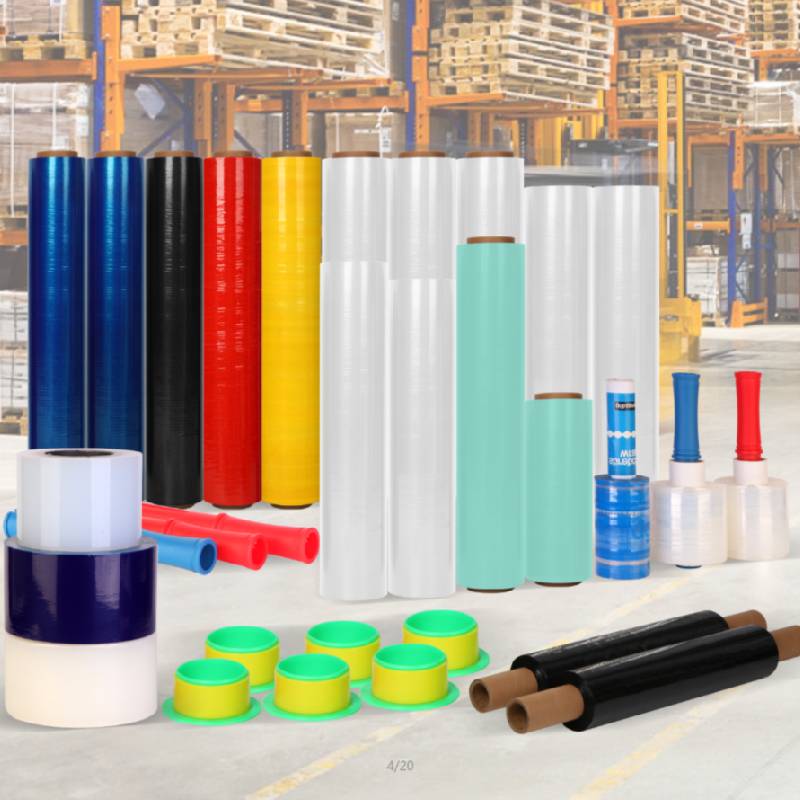Innovative Solutions for Sustainable Packaging Paper Fillers and Their Benefits
Understanding Packaging Paper Filler Importance, Types, and Applications
In the world of packaging, the protection and preservation of products during transit is paramount. Among the various materials utilized to safeguard items, packaging paper filler plays a crucial role. This versatile and eco-friendly solution not only provides cushioning but also enhances the aesthetic appeal of packaged goods. In this article, we’ll explore the significance, types, and various applications of packaging paper filler.
Importance of Packaging Paper Filler
Packaging paper filler serves several essential purposes in the retail and shipping industries. Primarily, it acts as a buffer that absorbs shocks and reduces the risk of damage to products. Delicate items, such as glassware, electronics, and ceramics, require additional protection to prevent breakage during handling and transportation. By employing paper fillers, businesses can reduce the likelihood of returns or complaints stemming from damaged goods, ultimately enhancing customer satisfaction.
Another crucial aspect of paper fillers is their role in reducing void spaces within packaging. When products shift during transit, it can lead to potential damage. Filling the empty spaces with paper not only stabilizes the contents but also prevents sound during movement, further protecting fragile items. Additionally, effective use of paper fillers minimizes waste and lowers shipping costs, which is beneficial for both the environment and the bottom line.
Types of Packaging Paper Filler
Packaging paper fillers come in various forms, each designed to meet specific packaging requirements
. Here are some popular types1. Crinkle Paper This type of filler is made from paper that has been crinkled to create a textured surface. Crinkle paper is lightweight yet provides excellent cushioning and is often used for packing gift items or as a decorative filler in boxes.
packaging paper filler

2. Shredded Paper Produced by shredding paper into thin strips, this filler is a popular choice for businesses seeking an economical and sustainable option. It's often used in gift baskets, retail packaging, and for cushioning items in transit.
3. Egg Carton Paper Repurposed from used egg cartons, this biodegradable filler is highly effective in providing both cushioning and void fill. It’s particularly useful for shipping fragile items that require robust protection.
4. Honeycomb Paper This innovative filler consists of a series of interlocking paper layers that create a cellular structure. Honeycomb paper is lightweight yet offers considerable strength, making it suitable for industrial applications where heavy items need to be secured.
5. Kraft Paper Known for its strength and durability, Kraft paper can be crumpled or shaped to provide cushioning for various products. It is often used in combination with other fillers to enhance protection.
Applications of Packaging Paper Filler
The applications of packaging paper filler are vast and varied. In the retail sector, it is commonly used in gift packaging, adding a touch of elegance while ensuring that the items remain secure. In e-commerce, where shipping plays a critical role, paper fillers enhance the protection of products during delivery, thereby mitigating the risk of damage.
Moreover, packaging paper fillers are becoming increasingly popular among environmentally conscious consumers and businesses. As sustainability takes center stage in packaging strategies, paper fillers offer a biodegradable alternative to traditional plastic fillers, aligning with eco-friendly initiatives.
In conclusion, packaging paper filler is a vital component of modern packaging solutions. Its ability to protect products, conserve space, and contribute to sustainable practices makes it an excellent choice for various industries. As businesses continue to prioritize both product safety and environmental responsibility, the demand for innovative packaging paper fillers is likely to rise, driving advancements in packaging technology and design.
-
The Best Uses for Small Trash Bags in Daily LifeNewsJul.01,2025
-
Stylish Reusable Grocery Bags TrendsNewsJul.01,2025
-
Shipping Advantages of Using Bubble Envelopes BulkNewsJul.01,2025
-
How Compostable Mailing Bags Reduce Environmental ImpactNewsJul.01,2025
-
Environmentally - Friendly Bulk Poly MailersNewsJul.01,2025
-
Eco Friendly Custom Laminated Tote BagsNewsJul.01,2025
-
Have the freedom of customizing your custom mailers any way you want! Our dedicated packaging support will help deliver you the mailing experience you need to elevate your shipping experience to the next level! Start making a strong impression on your customers and stand out from your competitors! -
LIYA uses high quality raw materials which directly purchased from large enterprises domestic and overseas such as PetroChina, Sinopec, Sabic, Equate, ExxonMobil, Dow Chemical, Total, and Borouge, ensuring the price advantage and quality of the raw materials. -
LIYA uses high quality raw materials which directly purchased from large enterprises domestic and overseas such as PetroChina, Sinopec, Sabic, Equate, ExxonMobil, Dow Chemical, Total, and Borouge, ensuring the price advantage and quality of the raw materials.





